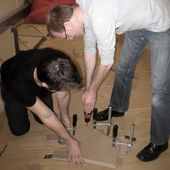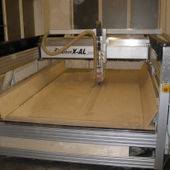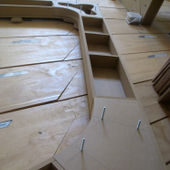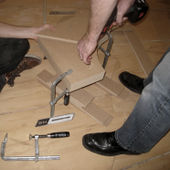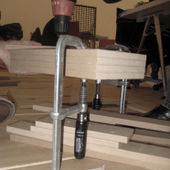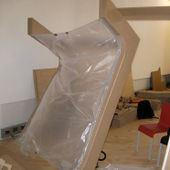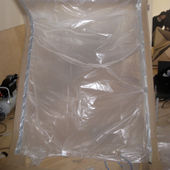project F:Realisation-g
Design Realisation Relationships
Design Execution Prototype Validation Arduino development 1:1 Prototype
Final Model
Prototype underconstruction
Prototype evalutation
Material and construction challenges
Cushion One of the challenges we faced was the stretch ability of the fabric for the cushion. The material that we planned on using at first was ETFE but after a meeting with Rienk de Vries at Buitink Technologies, we learned that it would take really a long time to change the amount of air in the cushions as the fragility of the material requires a small air input pressure. It also was not able to be inflated and deflated many times as it would lose it's characteristics of it's 30-40% stretchiness. Rienk suggested semi-translucent stretchable fabric as an option but it would bevery challenging to weld together without a specific machine, plus it would require special valves to connect the tubing to the fabric which could hold the pressures building up inside. Apart from the fabrication limitations, the costs of about €16/m2 would be another hinder for us with the already big budget for the frames themselves.
Also, in order to make a cushion with a pattern as illustrated in the project visuals, there needed to be an inner layer within the outer cushion. The process of such a cushion required a specific type of machines and was totally impossible to make it airtight otherwise. In the end, the material of the cushion is a thick plastic sheet that we welded together into the needed shape. Unfortunately, the air pipes and valves that we ordered never arrived to us and we had to improvise a last minute solution for the final prototype.
Structure
The structure of the pavilion is a wooden frame carved in one piece but for the prototype we decided to use several layers of MDF panels using screws, metal bars and bolts to keep them together. Due to the section of the structure built, the stability of the prototype became an issue. This was a problem specific to the model because in reality, the frame of the whole balances itself.
